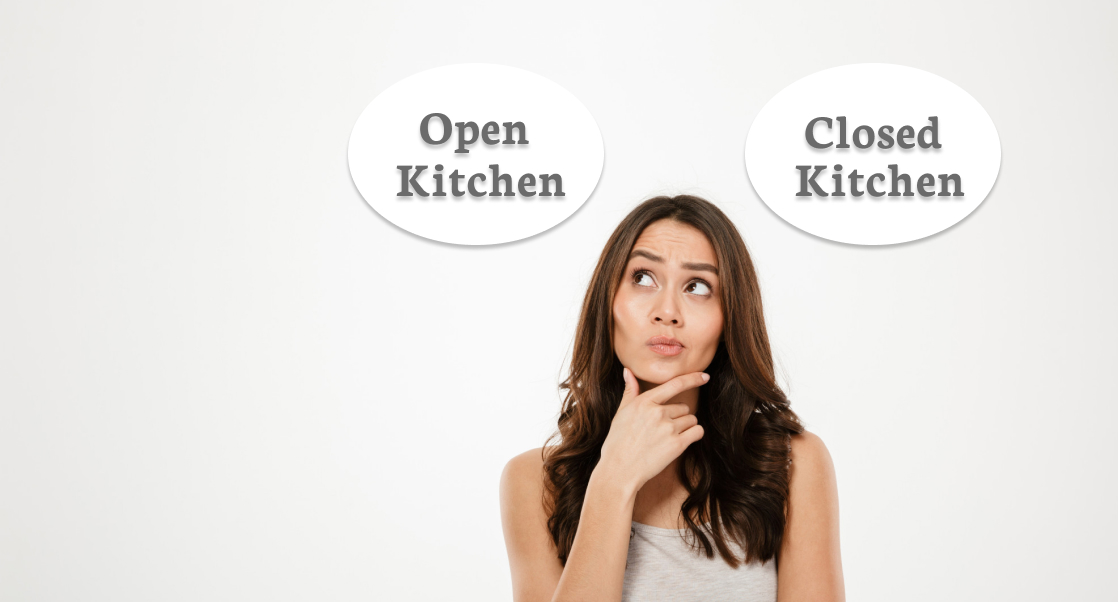
The sizzle of onion in the hot pan, the smell of masalas, the noise of pots and pans on the counter – these kitchen sounds narrate the story of our homes. But should we show off these kitchen rushes or should we keep them hidden?
The million-dollar question raging in new homeowners is: Open vs. closed kitchen.
Are you someone who wants to show off your cooking skills, or do you prefer to hide the mess? Maybe you’re still thinking about it! If you are planning a kitchen renovation or designing a new home, this kitchen question matters. We will take a good long look at the real pros and cons of both options, so you can build a kitchen that works for your actual life, and not just for pretty pictures.
Firstly, Let’s Talk About Open Kitchen!
An open kitchen is typically characterized by the absence of walls that would usually separate the kitchen from adjacent living areas.
If you have an open kitchen, your day might look like this: chopping vegetables while chatting with your friends who are lounging on your sofa or keeping an eye on the kids doing homework at the dining table. That’s life in an open kitchen. Here, cooking becomes part of the action.
An open kitchen tears down barriers, letting your cooking space flow naturally into your dining or living area. It’s where meal prep might meet movie night, where the person cooking isn’t banished to another room but stays in the heart of the conversation. With no walls to block light or divide spaces, open kitchens create that airy, spacious feeling that makes even smaller homes feel generous.
| What are the key features of modern kitchen layouts? Modern kitchen layouts prioritize open design, efficient workflow, and smart storage. It often includes a kitchen island, integrated appliances, and a seamless work triangle (sink, stove, fridge) to enhance functionality and aesthetics. |
The Open Kitchen Advantages
Better Social Interactions
Throwing dinner parties would often be you disappearing into your kitchen and missing half the conversation. But with an open kitchen, you can pour juices and fry pakoras while keeping tabs on cricket scores.
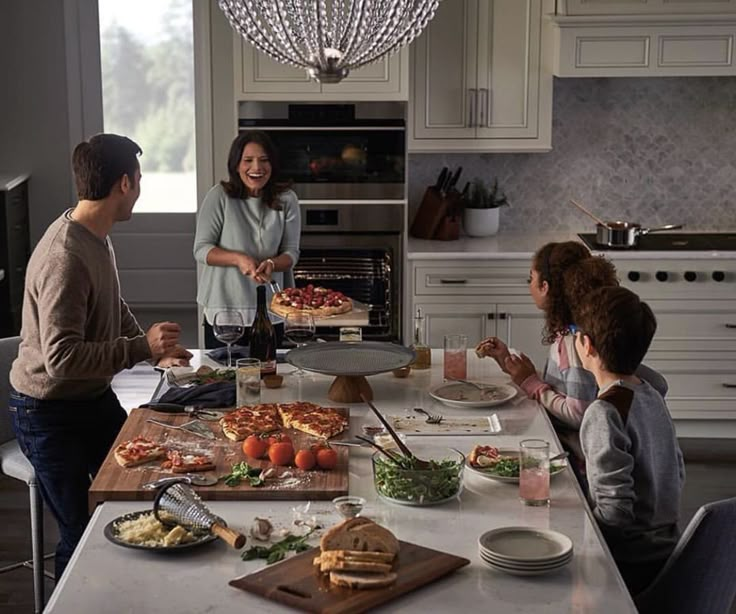
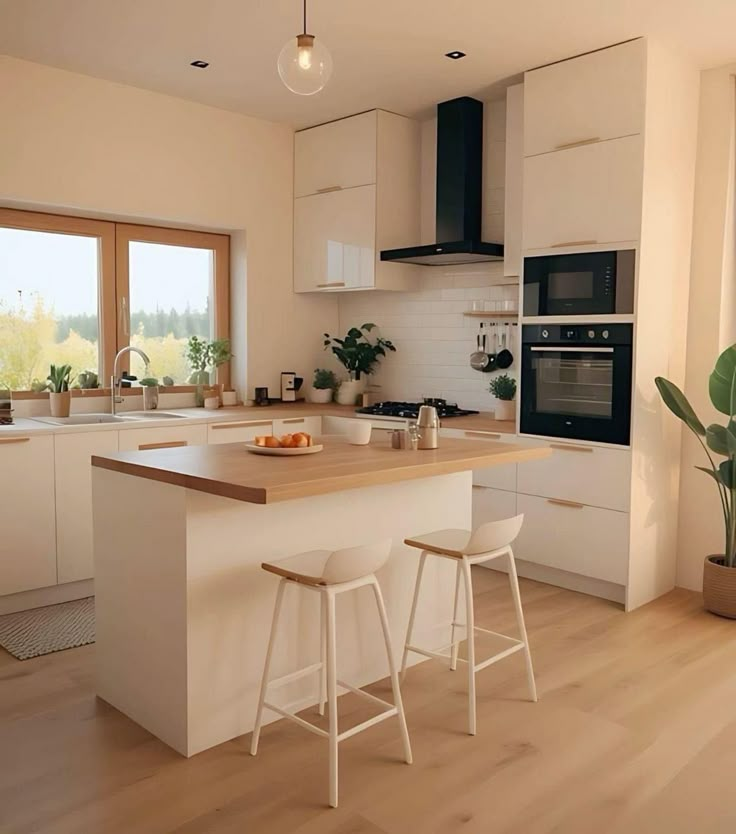
Spacious and Airy
Walking into a home with an open kitchen feels like taking a deep breath.
Without walls, rooms feel larger, air circulates better, and that stuffy, boxed-in feeling vanishes. Also, natural light bounces around freely.
Modern Aesthetic
There’s something undeniably fresh about an open kitchen. It’s the design equivalent of effortless cool.
Even basic finishes look more intentional when showcased in an open concept.


Easier Supervision
Open kitchens let you monitor homework progress, referee sibling fights, and even make sure your toddler isn’t using the sofa as a notebook – all while getting dinner ready.
Enhanced Natural Light
When natural light can travel unobstructed from your windows, you’ll find yourself reaching for the light switch less often.
Also, morning coffee feels better in natural light. Your mood and your electric bill will thank you.

Are There Downsides to Open Kitchens?
Unfortunately, they do!
Less Privacy
In an open kitchen, there’s no hiding your cooking mistakes. When you’re trying a new recipe and things get messy, everyone in the dining hall has front-row seats to the chaos. If you like to cook in peace or keep your kitchen disasters private, having your cooking space might not be the best idea.
Cooking Smells Spread
That delicious fish you cooked for dinner – that smell is now on your couch, curtains, and clothes. Without walls to keep odors contained, strong-smelling foods like garlic, fish, or fried foods don’t stay in the kitchen, they visit every room in your home.
Noise Levels
The mixer, microwave beeps, the clatter of pans – all these normal kitchen sounds become everyone’s problem. If someone’s trying to relax in the living room while you’re cooking, they’ll hear every chop, sizzle, and appliance noise.
Storage Limitations
With fewer walls, you have fewer places for cabinets and shelves. The kitchen gadgets, pots, pans, and food find themselves struggling on the counter without a place to go in open kitchens.
So, What’s A Closed Kitchen?
Closed kitchens are like cooking shows where chefs do all the messy work out of sight and then walk out with the perfectly plated dishes. That’s a closed kitchen for you!
A closed kitchen is cut off from the rest of your home by walls and a door. It’s like having a personal workshop where you can spread out all your cooking tools, make messes, and focus without anyone watching. When the food is ready, you simply walk through the door with your finished meal, and no one sees the spills or dirty pots behind you.
It’s a space just for cooking – a room that keeps your food prep separate from the rest of home life.
The Pros Of Closed Kitchen
More Privacy
Trying a complicated recipe? But someone’s peering over your shoulder often?
Avoid that situation with a closed kitchen! A closed kitchen is a peaceful cooking space where it’s just you and your ingredients. No distractions, no audience.
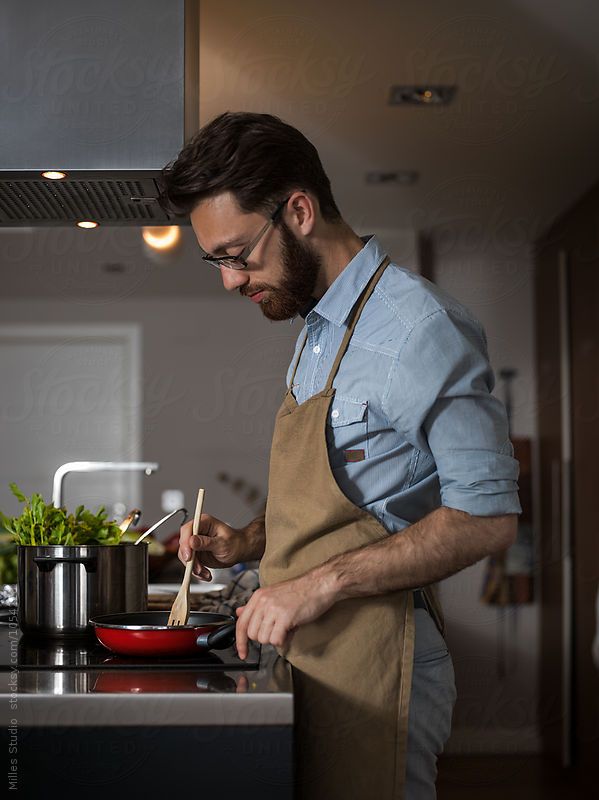
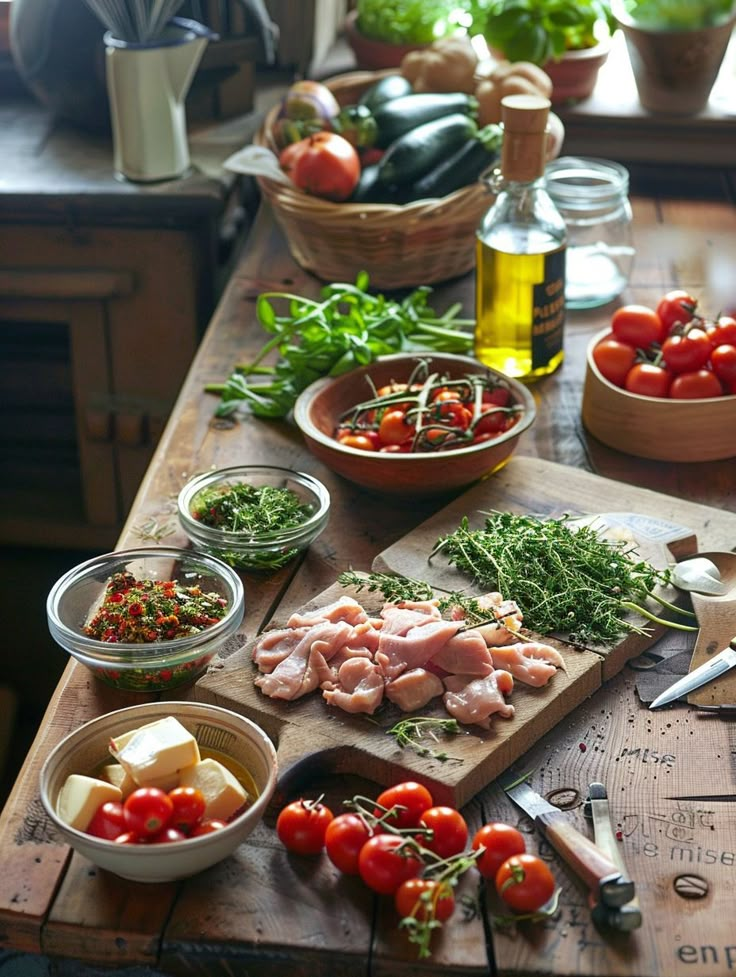
Better Odor Control
Closed kitchens keep yesterday’s dinner smells from becoming today’s living room fragrance.
That garlicky pasta sauce or spicy masala curry stays contained, so your clothes, furniture, and bedding don’t end up smelling like your favorite restaurant.
More Storage Space
Those extra walls, they’re prime real estate for shelves and cabinets.
Closed kitchens give your gadgets, pots, pans, and small appliances actual homes instead of cramming them wherever they might fit.
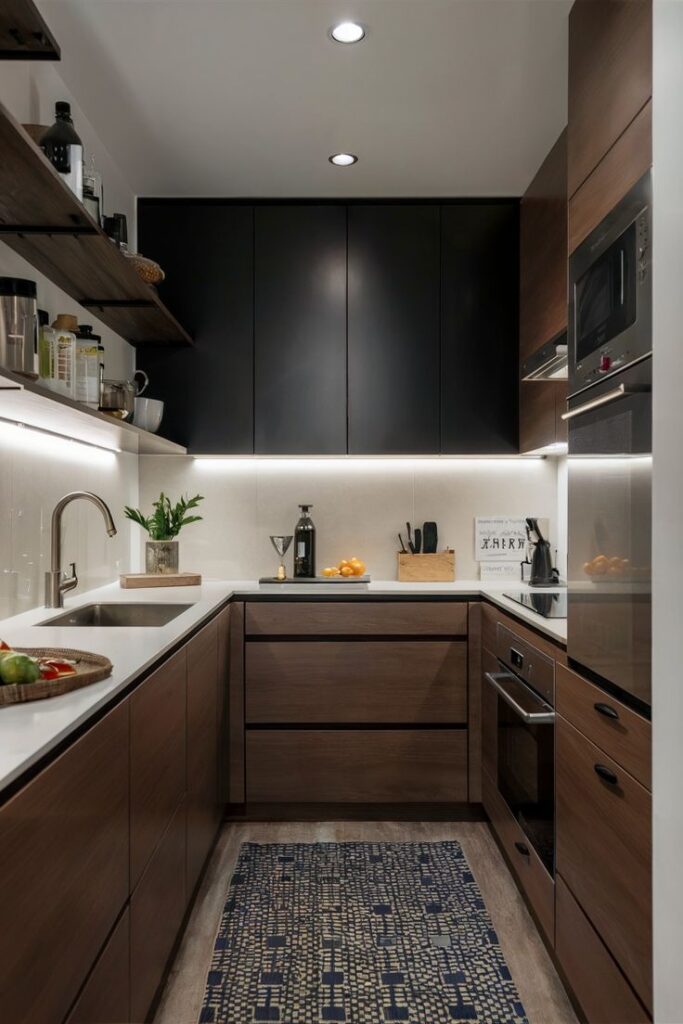
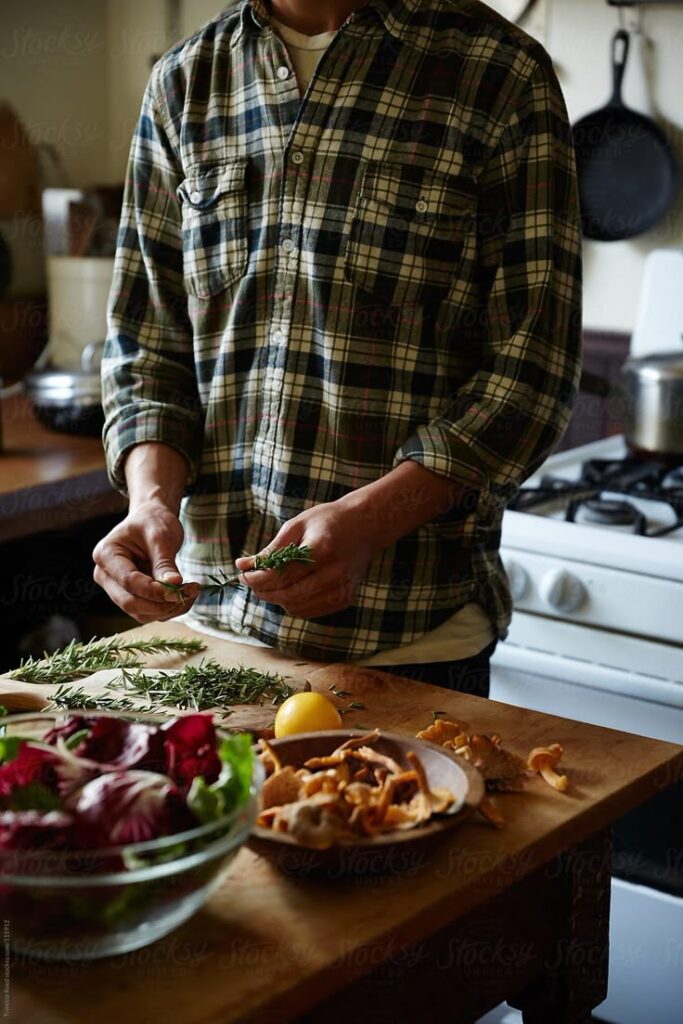
Less Visible Mess
In a closed kitchen, no one sees the explosion of pots, pans, and mixing bowls that went into creating your meal.
The dirty bowls, the splattered counter, and the filled sink – stay completely hidden behind closed doors.
Cons Of Closed Kitchen
Feels Smaller and Isolated
In a closed kitchen, cooking can sometimes feel like being sent to a separate room while the party goes on without you. That wall between you and your family or guests can divide experiences.
Reduced Natural Light
With windows and walls blocking light from other rooms, you might find yourself flipping on every light switch just to see if the chicken is fully cooked. Those dark corners not only make cooking trickier but can make even a decent-sized kitchen feel like a cave.
Less Social Interaction
While you’re stirring the pasta, life keeps happening in the other room -kids sharing school stories, friends catching up, and the dog doing something adorably weird. By the time you pop your head out to check, the moment’s passed.
Open Vs Closed Kitchen: Which One Is Right for You?
Your perfect kitchen matches how you actually live, not just how you wish you lived. Think about your everyday routines: morning coffees, weeknight dinners, weekend entertaining. The spaces where you spend your kitchen hours should make those moments better. Your kitchen needs to fit your life’s messy reality – cooking habits, noise tolerance, cleaning style, and all.
The right choice is about following your gut about how you want to experience your home every single day.
Choose an Open Kitchen If:
| You’re the “Come hang out here while I cook” type |
| You want to make your small space feel more spacious and airy |
| You appreciate clean lines and open spaces that make guests say “Wow” |
| You want sunshine and breezy air on your face while handling the cooking chaos. |
Choose a Closed Kitchen If:
| You love your privacy and enjoy cooking in peace, away from the chatter. |
| You want to keep the strong cooking smells and clanging pots where they belong – in the kitchen. |
| You want dedicated shelves, deep cabinets, and a place for everything. |
| You want to keep the charm of the old-school traditional kitchen – cozy, focused, and just yours. |
Still Confused?
Consider a semi-open kitchen!
A semi-open kitchen, with a sliding door or glass partition, contains cooking aromas when needed while still keeping the social vibes flowing when you want them.
Before you knock down walls or put them up, think about your morning rush, weekend meal prep, and how you love to entertain. The perfect kitchen is a space that actually works for your life. Your future self will thank you for the thoughtful design.
Frequently Asked Questions
Which is better: an open kitchen or a closed kitchen?
The best choice depends on your lifestyle, cooking habits, and home layout. If you prefer a social and airy space, an open kitchen is ideal. If you value privacy, organization, and odor control, a closed kitchen is a better option.
What is the difference between an open kitchen and a closed kitchen?
An open kitchen seamlessly connects to the dining or living area without walls, creating a spacious and modern look. A closed kitchen, on the other hand, is a separate, enclosed space designed for privacy, better odor control, and extra storage.
Is an open kitchen good for small apartments?
Yes! An open-concept kitchen can make a small apartment feel bigger by maximizing space and natural light. However, proper ventilation and storage solutions are essential to keep it functional.
How can I control cooking smells in an open kitchen?
To prevent food odors from spreading, consider high-quality chimney hoods, exhaust fans, air purifiers, and proper ventilation.
Does a closed kitchen reduce noise and mess?
Yes! A closed kitchen contains the sounds of cooking and keeps the mess hidden from guests, making it a quieter and tidier option for homeowners who prefer a clean and organized kitchen.
Can I have a semi-open kitchen as a compromise?
Yes! A semi-open kitchen uses glass partitions, sliding doors, or breakfast counters to balance openness and privacy, giving you the best of both worlds.
Are open kitchens suitable for Indian cooking?
Indian cooking involves strong aromas, spices, and deep frying, which can spread throughout an open space. If you choose an open kitchen for Indian cooking, invest in a powerful chimney, exhaust system, and proper ventilation to control smoke and odors.

